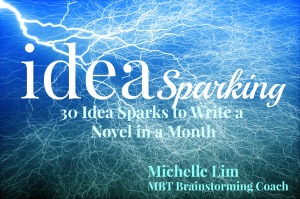
Photo by Kyryl Lakishyk
Group work in the writing community can be wonderful, or frustrating. It becomes frustrating when individuals aren’t on point when you brainstorm your story, or you end up following story threads that eventually won’t work in your story. But the rewards of a group brainstorming session can be substantial.
So, how do you get brainstorming sessions to be effective ways to expand your story options? Gather your courage to share your story with others and ask for their help.
Brainstorming with other writers.can bring new life to an author’s stories. The challenge is often in finding the right group to brainstorm with and keeping the brainstorming session focused enough to be helpful.
Over the past few years I’ve watched some brainstorming groups succeed and some fail. Each group that failed got bogged down in one of three areas. Here are 3 tips to successful group brainstorming from my observations.
3 Tips To Successful Group Brainstorming:
- Select group members carefully. Keep the group small- 6 or less to allow everyone time to bounce ideas. Find group members who use similar methods to write, providing a commonality of terms and knowledge.
- Identify the focus of the session. A complete book is too broad of a topic to brainstorm successfully in one session. Instead, focus on one thread of the story. This allows everyone in the group to focus on the area of greatest need. If the whole story idea is the focus, recognize that it may take a few brainstorming sessions to complete it.
- Record ideas and follow-up. During the brainstorming session, record ideas without passing judgement on them. Occasionally, redirect the conversation back to the thread you want to explore. Have a follow-up brainstorming session to further develop the ideas from the first session. This follow-up will deepen your story.














